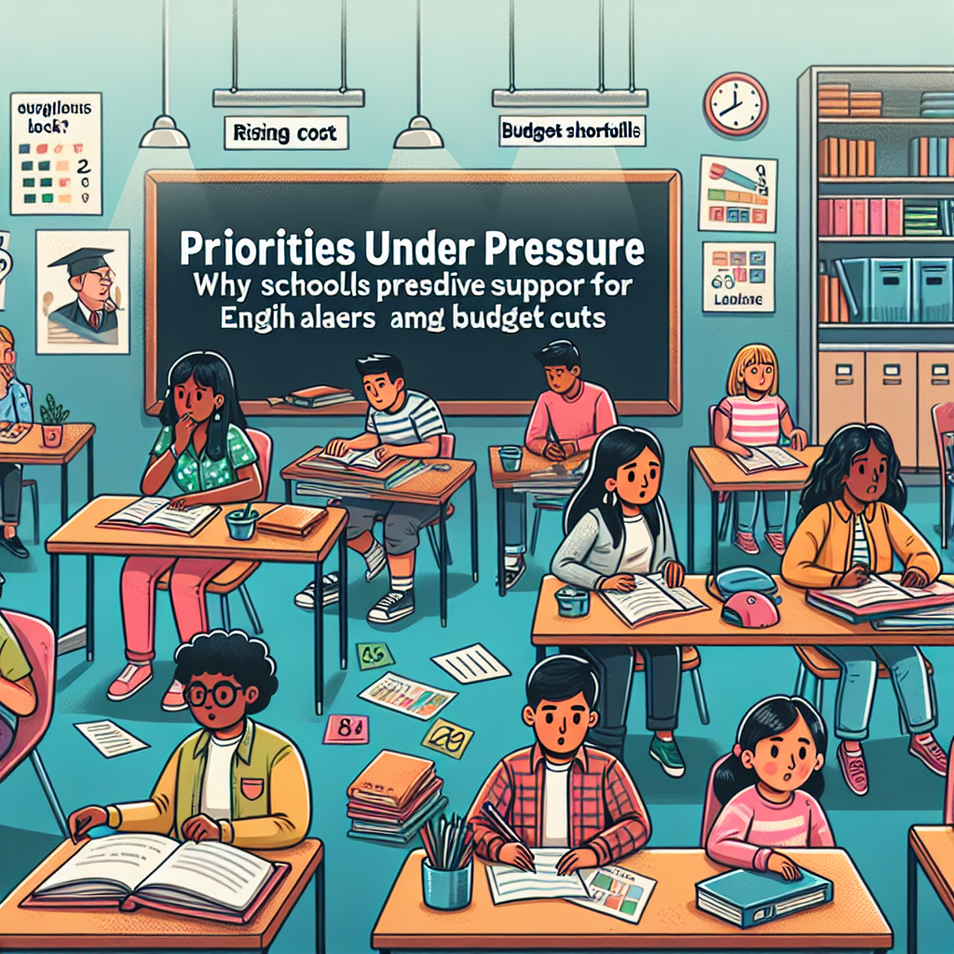Priorities Under Pressure: Why Schools Preserve Support for English Learners Amid Budget Cuts

In the face of rising costs and severe budget shortfalls, many school districts across the country are making difficult decisions. Yet, one area remains insulated from the axe: services for English language learners (ELLs) and migrant students. Even as they grapple with staffing cuts, shrinking funds, and growing pressure from policymakers and the public, educational leaders are doubling down on language support programs, citing both legal obligations and the long-term importance of inclusion in the classroom.
This unwavering commitment is visible in major urban districts like Chicago, Los Angeles, and New York City. Despite Chicago Public Schools’ substantial $734 million budget gap, the district has increased staffing and investment in English instruction. Similarly, the Los Angeles Unified School District ended the year with a billion-dollar deficit but still plans to expand its ELL services next year, showing just how central these programs have become to their educational mission—even when federal funding remains uncertain or inconsistent.
These actions stem not only from a commitment to equity but also from a legal framework that compels public schools to serve all students, regardless of immigration status. Landmark rulings and longstanding federal laws mandate educational access and language support for non-English-speaking students. As a result, schools often have little choice but to continue funding these programs—even if it means trimming budgets elsewhere, such as cutting positions in science, math, or arts.
Critics argue these expanding services place a heavy burden on already strained public schools, particularly in under-resourced communities. They claim that as districts adjust for enrollment surges, especially from migrant populations, it’s often the children already struggling economically who lose out when core academic offerings are scaled back. However, educators assert that neglecting ELL students only exacerbates long-term achievement gaps and hinders a school’s overall performance.
Looking ahead, the challenge will be for school districts to balance legal mandates, moral imperatives, and financial realities. Strengthening language services must go hand-in-hand with strategic planning that doesn’t sacrifice foundational education for all students. As communities continue to evolve, so must our approach to inclusive and sustainable education. The question isn’t whether we support all students—but how we do so wisely, fairly, and effectively.

